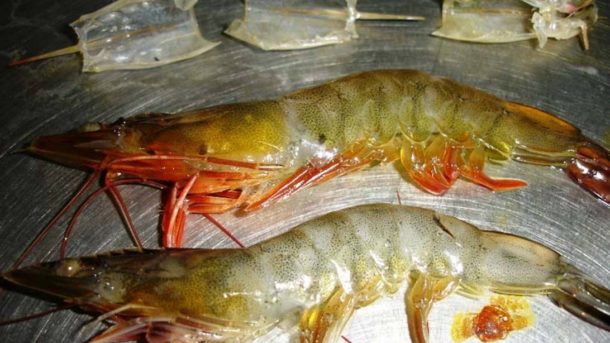A white leg prawn grown in a pond is of a much higher quality as a result of lack of time at sea and strictness in controls. A black-frozen whole shrimp and an individual quick frozen (IQF) shrimp are considered some of the well-renowned forms of white leg prawns sold to people. While a person is deciding what option he should go with, frozen or sweet, the best rule that a person should comply with is buying frozen prawns. A majority of fresh prawns in the case of displays are defrosted beforehand as most of the prawns were generally deep-frozen and then delivered in that particular state.
It is a standard method to dip a peeled prawn in phosphates to reduce drip loss; this should be stated on its label. A thawed prawn seems to be soapy, it is generally because of being soaked in phosphates for a long duration and ended up absorbing an extra amount of water. A person should avoid those prawns which smell like ammonia, it is generally a sign of spoilage. The presence of black spots on the head of a prawn is because of oxidation, this is a good sign.
Biology
A white leg prawn is a benthic species that grows in warm water to or about the length of 9 inches. With a translucent body, they have a blue-green hue as a result of pigmented chromatophores; these are light-reflecting and pigmented cells.
Conclusion
White leg prawn in Asia is generally cultured with a giant tiger prawn. It is considered to be a non-native species to Asia. We hope you have gained cognizance regarding white leg prawns through this article.


